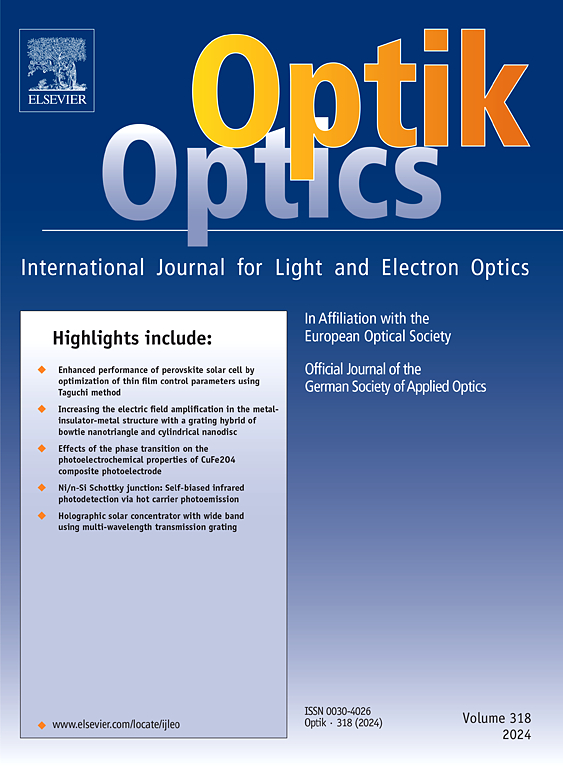Controlled exciton properties in UV light-emitting devices using multilayer cylindrical quantum dots: Improvement through hydrostatic pressure, temperature and strain effects
IF 3.1
3区 物理与天体物理
Q2 Engineering
引用次数: 0
Abstract
We have examined the optical characteristics of an exciton trapped in a multilayer cylindrical quantum dot, taking into account the impact of external perturbations and finite barrier confinement potentials. We compute the emission wavelength, oscillator strength, binding energy, exciton radiative lifetime, and interband transition energy (photoluminescence). Together with the effective mass approximation, a variational approach is used to calculate these energies. Furthermore, we investigate the impact of first barrier material concentration and geometric parameters like core radius and height. We also investigate how temperature and pressure affect opto-excitonic characteristics, both with and without strain effects. Our results show that the geometrical parameters influence not only the ground-state binding energy and the interband transition energy, but also affect the oscillator strength and the radiative lifetime. The application of pressure increases the exciton binding energy, radiative lifetime and interband transition energy, while reducing the oscillator strength and emission wavelength. We also demonstrate that deformation significantly modifies the edges of the conduction and valence bands.
求助全文
约1分钟内获得全文
求助全文
来源期刊

Optik
物理-光学
CiteScore
6.90
自引率
12.90%
发文量
1471
审稿时长
46 days
期刊介绍:
Optik publishes articles on all subjects related to light and electron optics and offers a survey on the state of research and technical development within the following fields:
Optics:
-Optics design, geometrical and beam optics, wave optics-
Optical and micro-optical components, diffractive optics, devices and systems-
Photoelectric and optoelectronic devices-
Optical properties of materials, nonlinear optics, wave propagation and transmission in homogeneous and inhomogeneous materials-
Information optics, image formation and processing, holographic techniques, microscopes and spectrometer techniques, and image analysis-
Optical testing and measuring techniques-
Optical communication and computing-
Physiological optics-
As well as other related topics.
 求助内容:
求助内容: 应助结果提醒方式:
应助结果提醒方式:


